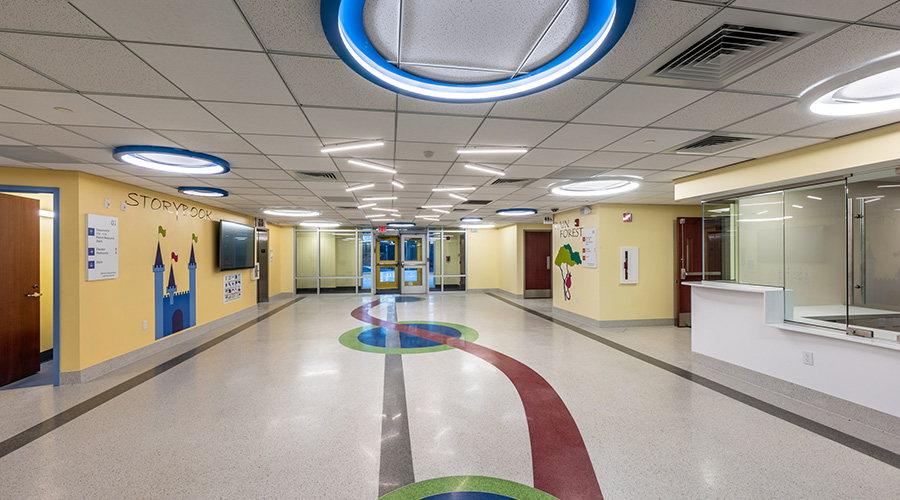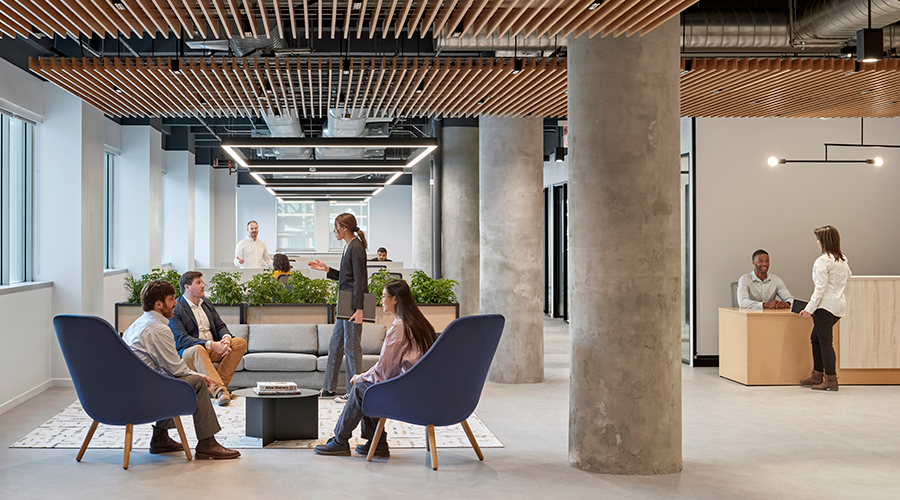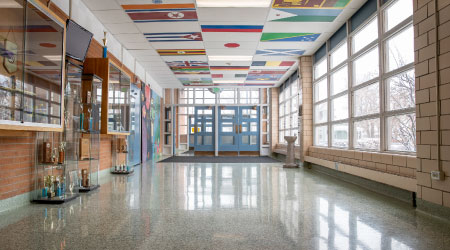Integrated Design Is Essential for LEED for Schools
When it comes to designing environments for learning and teaching, the idea that it's not easy being green is particularly true. That's because, until recently, there has been a lack of definitive research and easy metrics for designing such environments.
But greening our schools has become a high priority. Studies have shown that students learn better in a quiet, comfortable, and properly lit environment. Additionally, it was thought that perhaps the school itself could become a part of the students' learning experience. With this idea in mind, the U.S. Green Building Council designed its LEED for Schools rating system in 2007.
LEED for Schools includes credits and prerequisites that impact the design of schools and promote better learning environments. The rating system emphasizes school-specific requirements that were not part of the original LEED New Construction rating system, especially factors that affect the classroom environment directly, such as acoustics and appropriate classroom lighting. New prerequisites call for a clean or remediated site and set minimum acoustics requirements.
The most significant attribute of LEED for Schools is that it focuses particular attention on what affects indoor environmental quality, and therefore the learning and teaching environment. But keep in mind that LEED is just a checklist to verify that a project meets its green building goals; it is not meant to be used as the only measure of whether a project is green. In other words, to achieve green goals, it is important that design teams (including owners and contractors) take an integrative approach and view the project in a holistic way. With the development of LEED for Schools, the integrative process became more salient as a number of credits directly targeted the need for integration of systems and the need for design team members to collaborate early in the design process.
Windy City Green: Real World LEED Schools
Over the last 10 years, the Public Building Commission of Chicago has been using the various iterations of LEED to build green schools. The organization has completed more than 20 LEED schools. When the Commission and Chicago Public Schools first started working with LEED, the goals were fairly modest and the early schools only reached the LEED Certified level. Currently, and starting with the Modern Schools Across Chicago (MSAC) school program, most of the schools are being certified at the LEED Gold level and have embraced the requirements of LEED for Schools.
Acoustics consultants have been hired and the conversations regarding systems have become much richer and diverse because of it. Daylight has become more of a priority in many of the schools and daylight dimming is used routinely. Some of the most innovative systems, such as a ground source heat pump system at Southwest Area High School, are virtually invisible. Besides the fact that most of the schools have green roofs, some more visible than others (e.g. the green roof/playground at Ogden Elementary School), it is hard to tell that most of them are green.
A building-integrated photovoltaic system at the $43 million, 900-student Ogden Elementary School in Chicago is one of the school's more visible sustainable strategies. It also has a vegetative roof that doubles as a playground. |
Related Topics:














